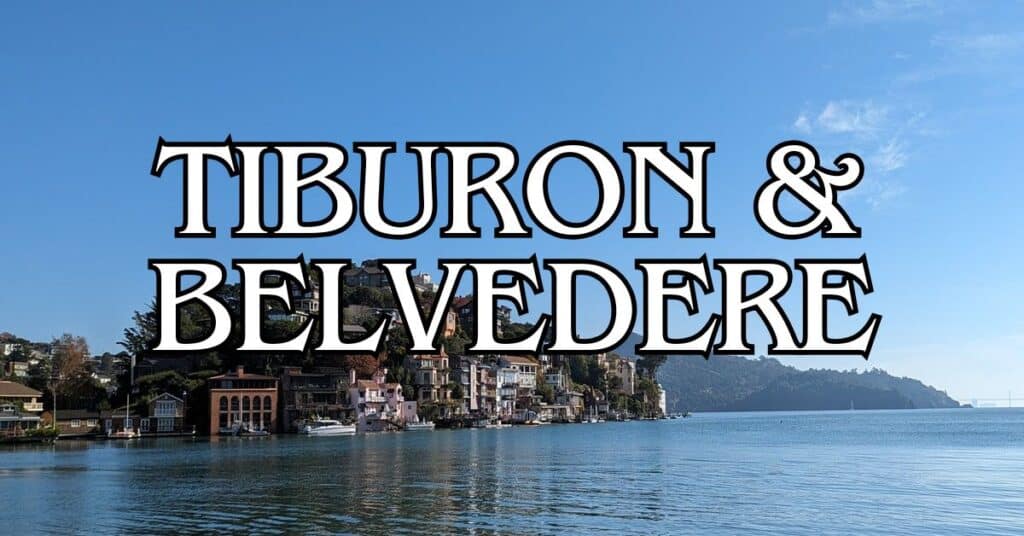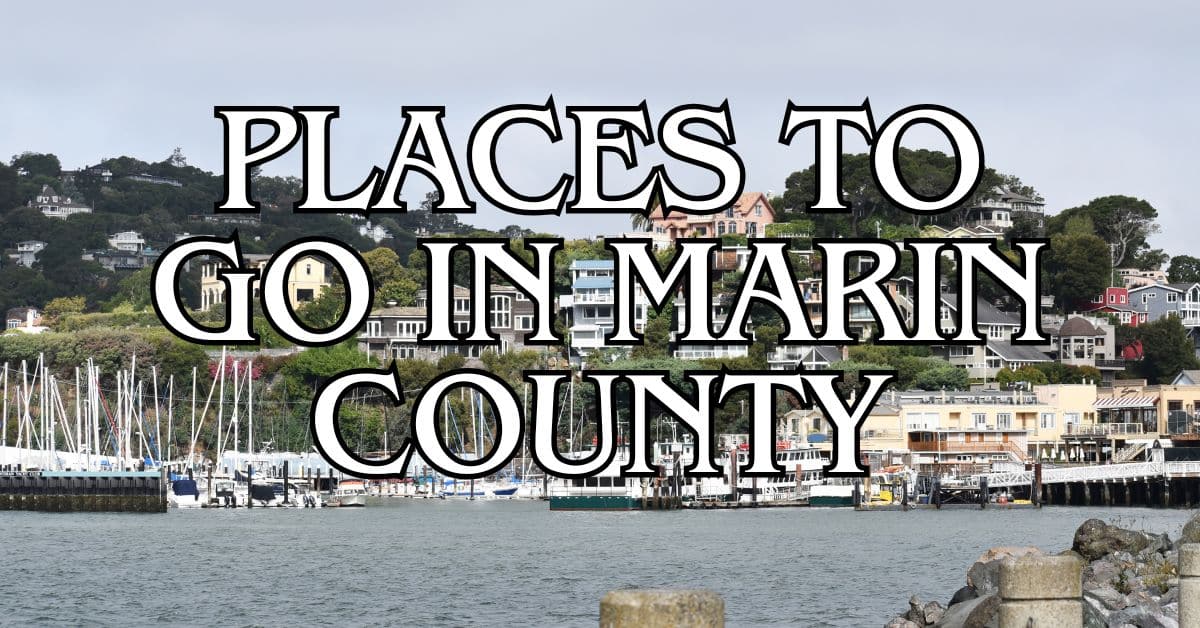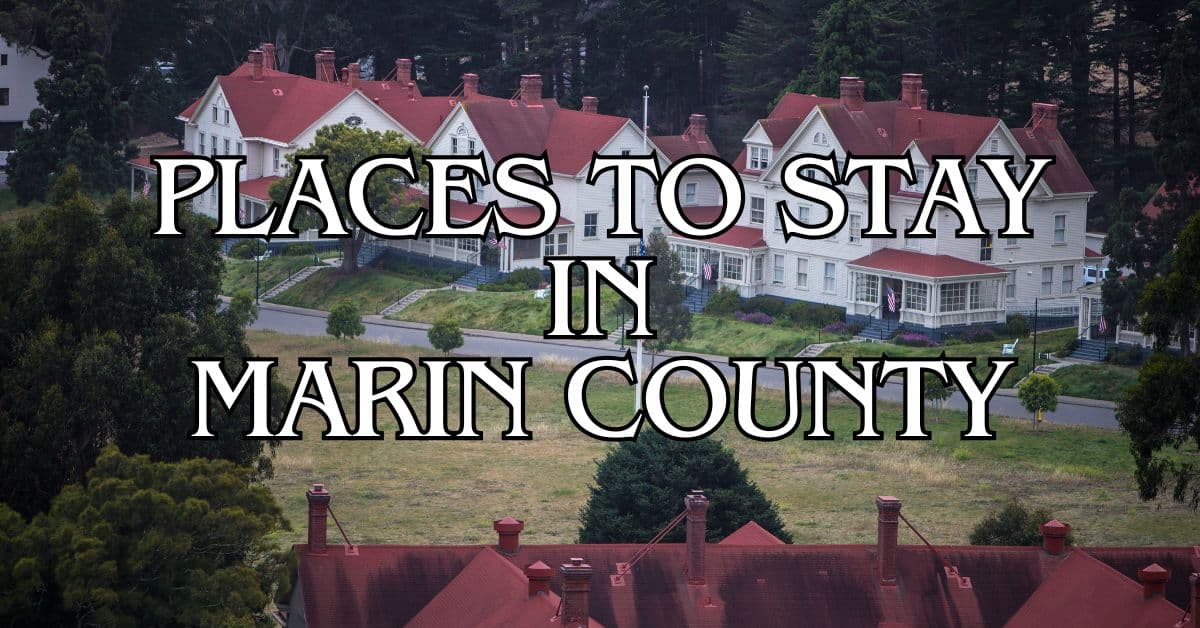Tiburon sits just a quick ferry ride from San Francisco, yet it feels like a world apart from the city’s hustle. This charming bayside town serves up sweeping views of Mount Tamalpais, uncrowded walking paths, and photo spots that’ll make your Instagram pop. Visitors can stroll the waterfront path to Blackie’s Pasture, chill at Paradise Beach Park, or hop a ferry to Angel Island State Park.
The town blends natural beauty with a laid-back vibe, so it’s a solid pick for a day trip or a longer escape. You can wander the Tiburon bike path for bay views, check out the quirky Hippie Tree, or just kick back at waterfront restaurants with an unbeatable panorama. The slower pace here is a nice break from the usual tourist grind.
Discover hand-picked hotels and vacation homes tailored for every traveler. Skip booking fees and secure your dream stay today with real-time availability!
Browse Accommodations Now
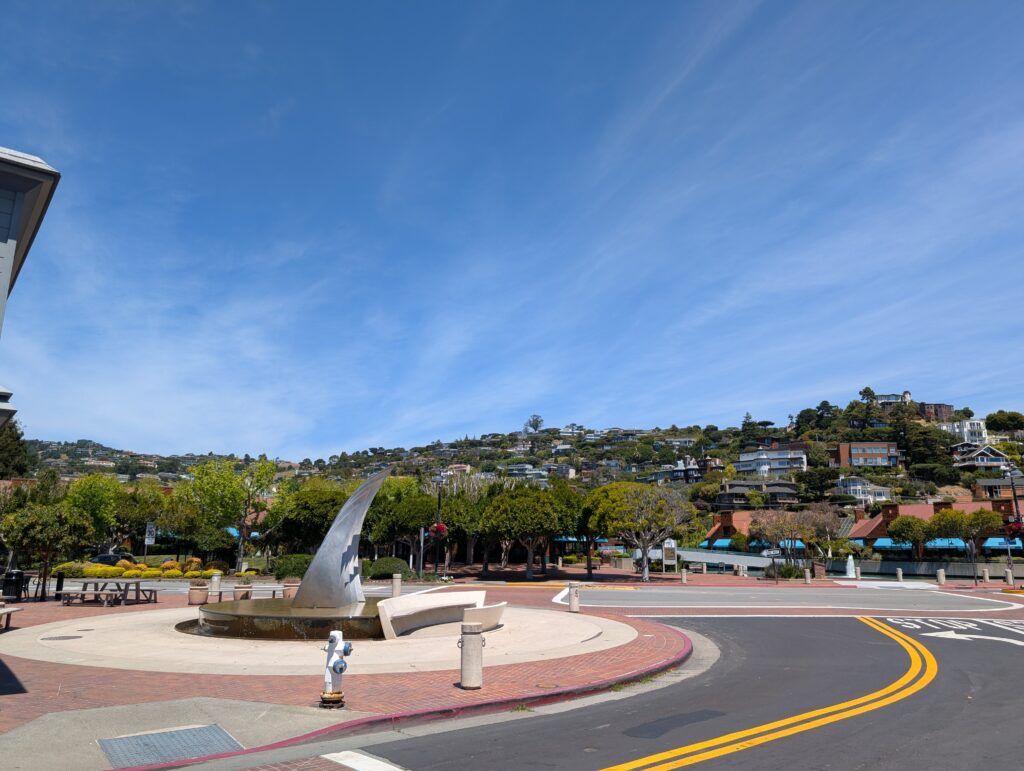
Spring is a sweet spot for visiting: the weather’s pleasant, and you won’t be elbow-to-elbow with crowds. Expect quiet trails, killer views, and plenty of those “only-in-Tiburon” photo ops tucked around every corner of this Marin County gem.
Overview of Tiburon, California
Tiburon gives you a charming escape just minutes from San Francisco, mixing waterfront scenery with a small-town feel. This peninsula town delivers bay views, historic landmarks, and a climate that’s almost Mediterranean—no wonder people keep coming back.
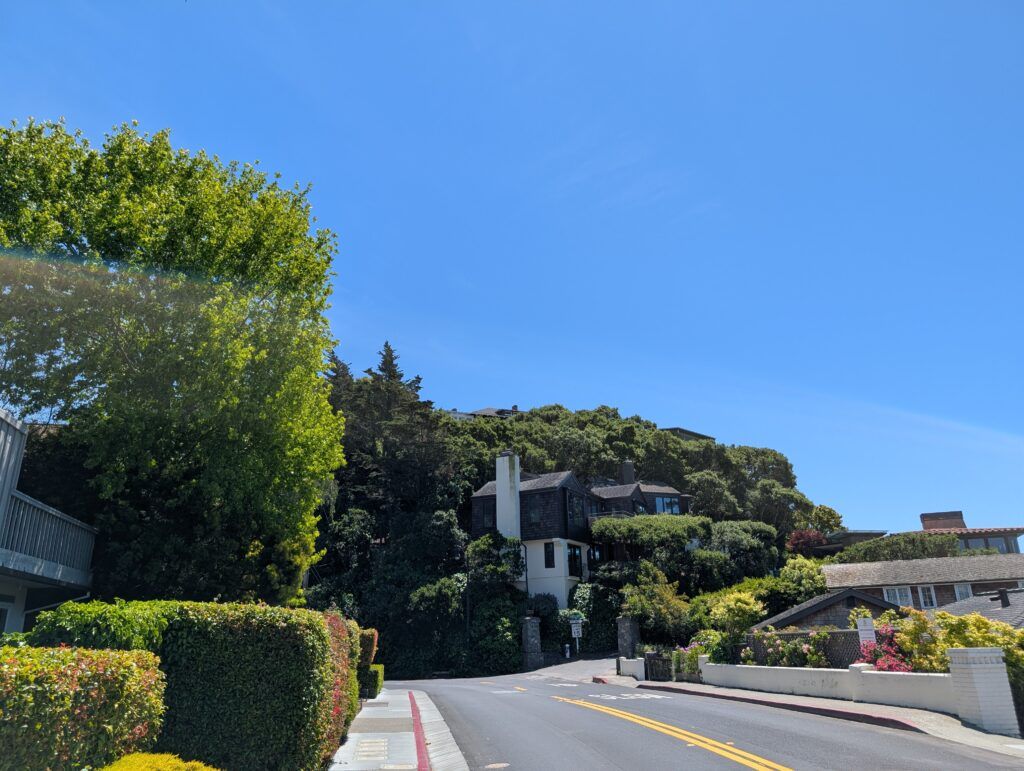
Location and Access
Tiburon sits on a scenic peninsula in Marin County, right across the bay from San Francisco. You’ve got options for getting here. The most scenic way is by ferry from San Francisco. It’s about 30 minutes and you’ll get front-row views of the Golden Gate Bridge, Angel Island, and the skyline.
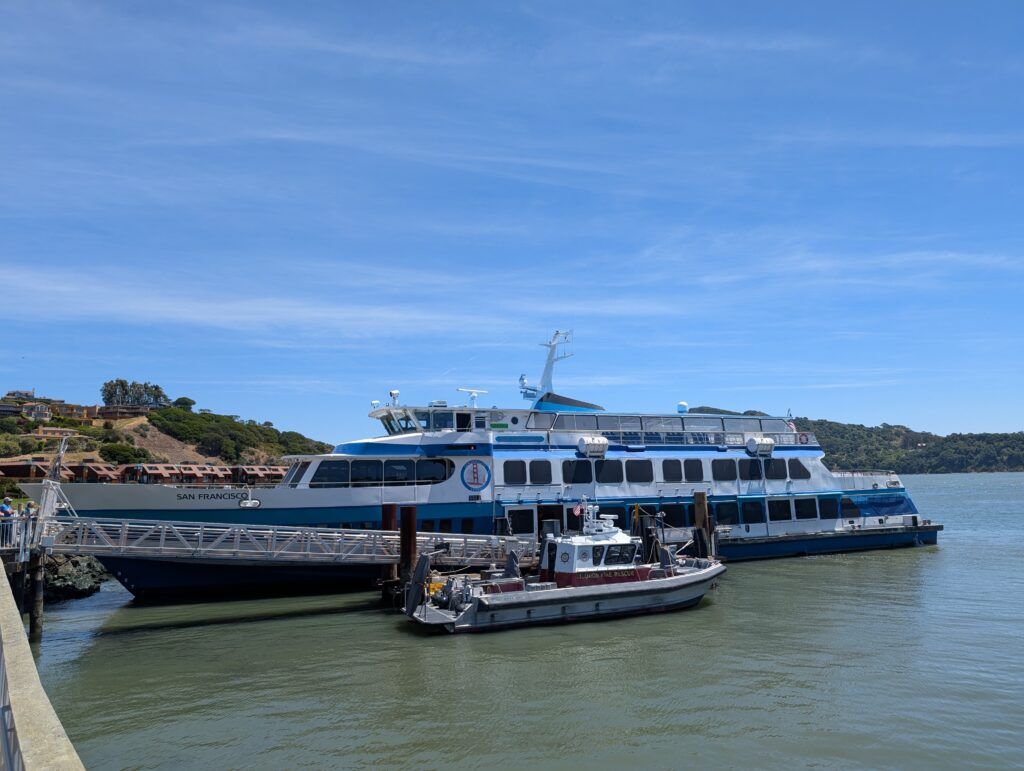
If you’re driving, it’s roughly 16 miles north of San Francisco via Highway 101 and Tiburon Boulevard—usually a 30-40 minute trip, depending on how traffic’s behaving.
Public transit’s also an option. Golden Gate Transit buses link Tiburon to San Francisco and other Marin towns. Once you’re here, most sights are a short walk from the ferry and downtown.
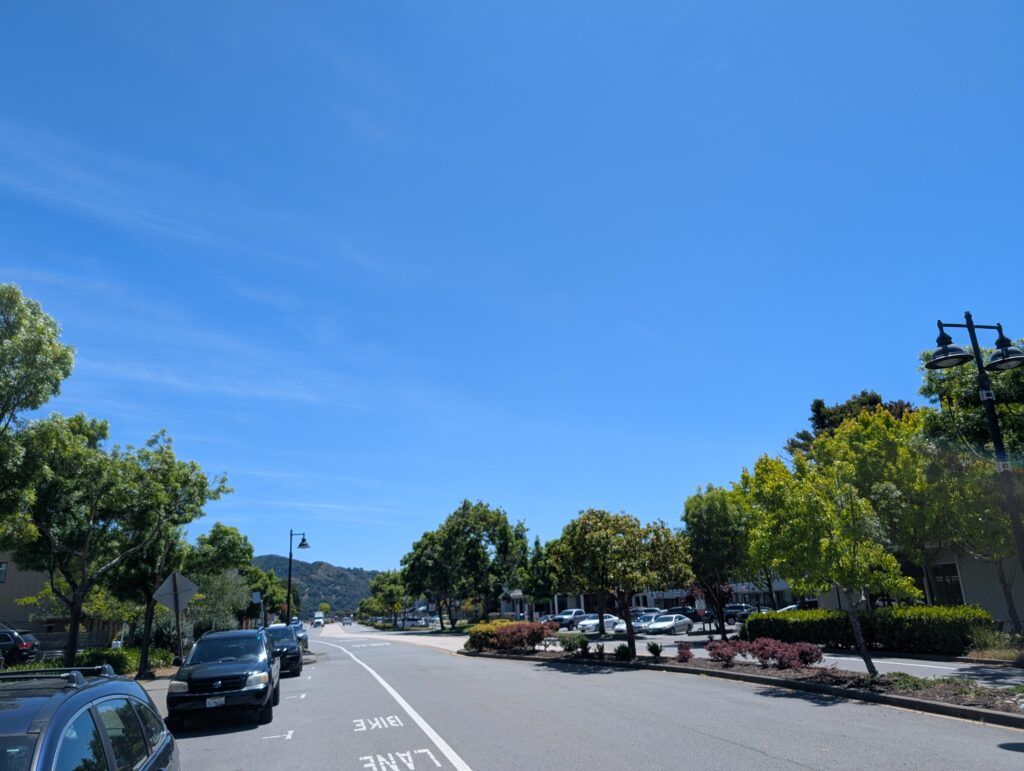
History and Heritage
Tiburon started as a railroad town in the 1880s, back when the San Francisco and North Pacific Railroad pushed its tracks out onto the peninsula. The name “Tiburon” comes from the Spanish word for “shark”—Spanish explorers tossed it on the map in the 1700s.
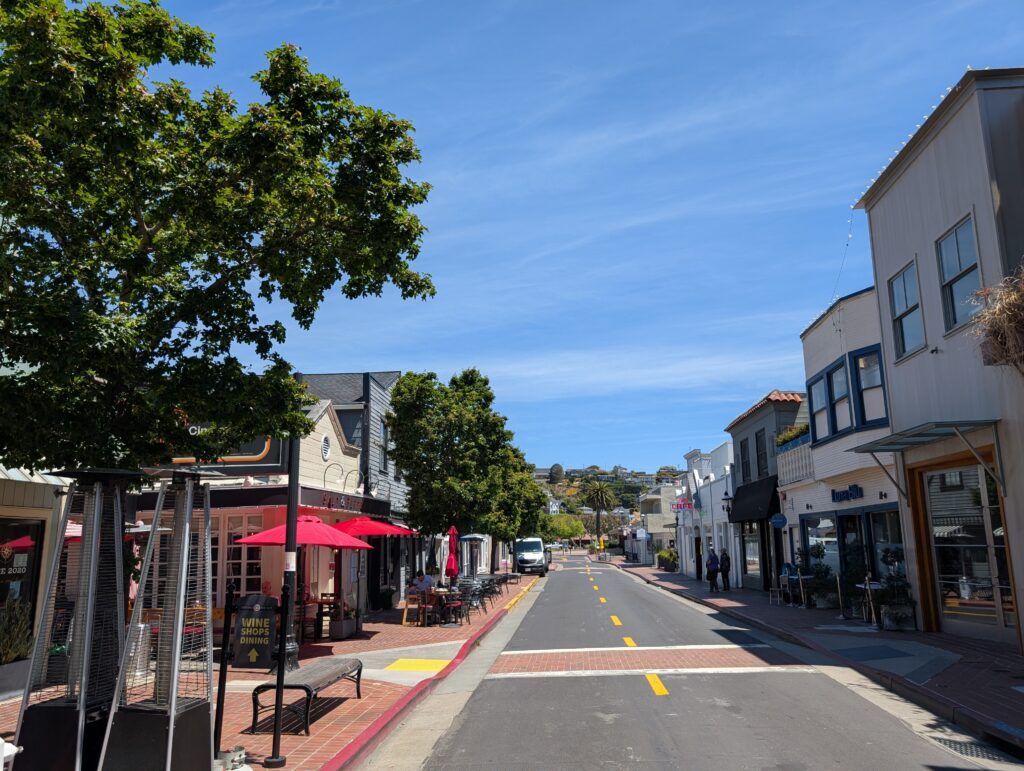
The town’s maritime past lingers in a few historic spots. The Railroad & Ferry Depot Museum highlights Tiburon’s transportation story inside an original 1884 building. Main Street still shows off Victorian buildings from the old days.
After the railroad faded in the 1960s, Tiburon morphed into a residential community. You’ll still catch hints of its industrial roots as you browse the boutiques and restaurants.
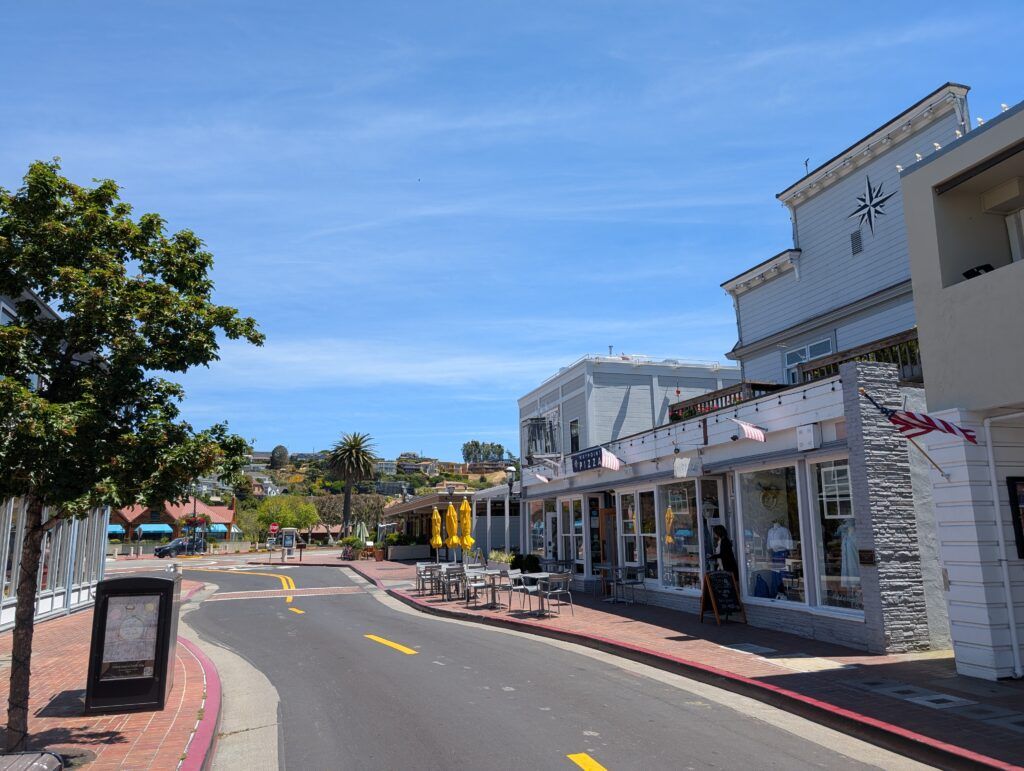
Climate and Best Time to Visit
Tiburon enjoys a mild, Mediterranean-ish climate year-round. Summers (June–September) are warm and dry, with temps between 65–75°F (18–24°C). Most people show up in summer, chasing the blue skies and outdoor dining.
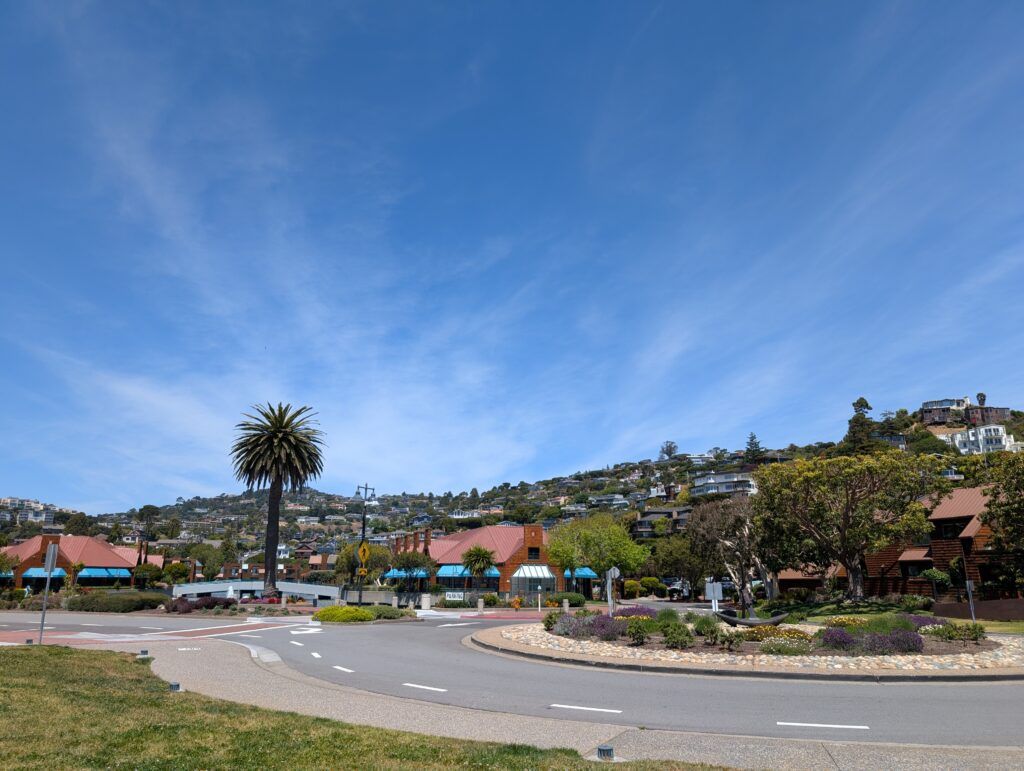
Fall (September–November) might be the sweet spot—warm days, smaller crowds, and less fog than summer. Winters (December–February) are cooler, hovering around 50–60°F (10–15°C), with some rain here and there, but it rarely gets truly cold.
Spring (March–May) brings wildflowers to the trails and comfy temps. Fog can roll in on summer mornings, but usually clears up by the afternoon. If you’re aiming for good weather and fewer tourists, shoot for late April to early June, or September to October.
Top Attractions in Tiburon
Tiburon’s packed with spots that show off its natural beauty, nautical flavor, and that cozy small-town vibe.
Angel Island Excursions
Angel Island State Park is just a breezy 10-minute ferry ride from Tiburon. The island’s got some of the best 360-degree Bay views you’ll ever see—no exaggeration.
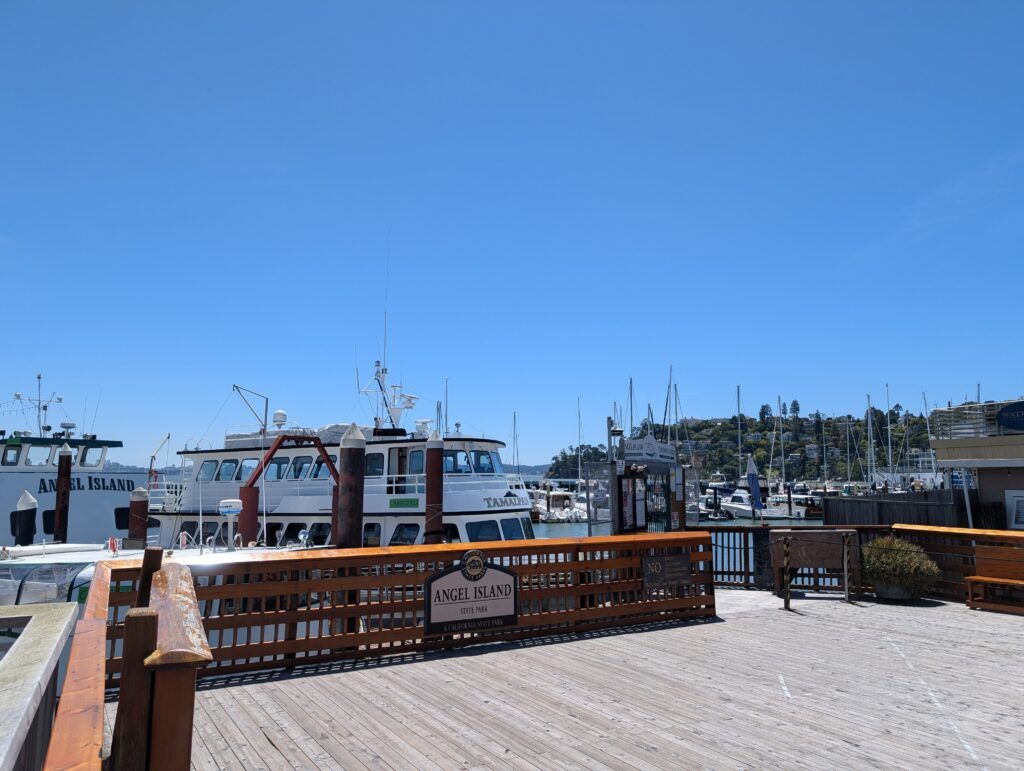
There are miles of hiking and biking trails winding through different landscapes. You can rent bikes by the ferry dock or bring your own. The 5-mile Perimeter Road is a chill cycling route with non-stop bay views.
If you’re into history, check out the Immigration Station museum, where thousands of immigrants passed through between 1910–1940. The island’s military past is interesting too, with old barracks and missile sites from its army days.
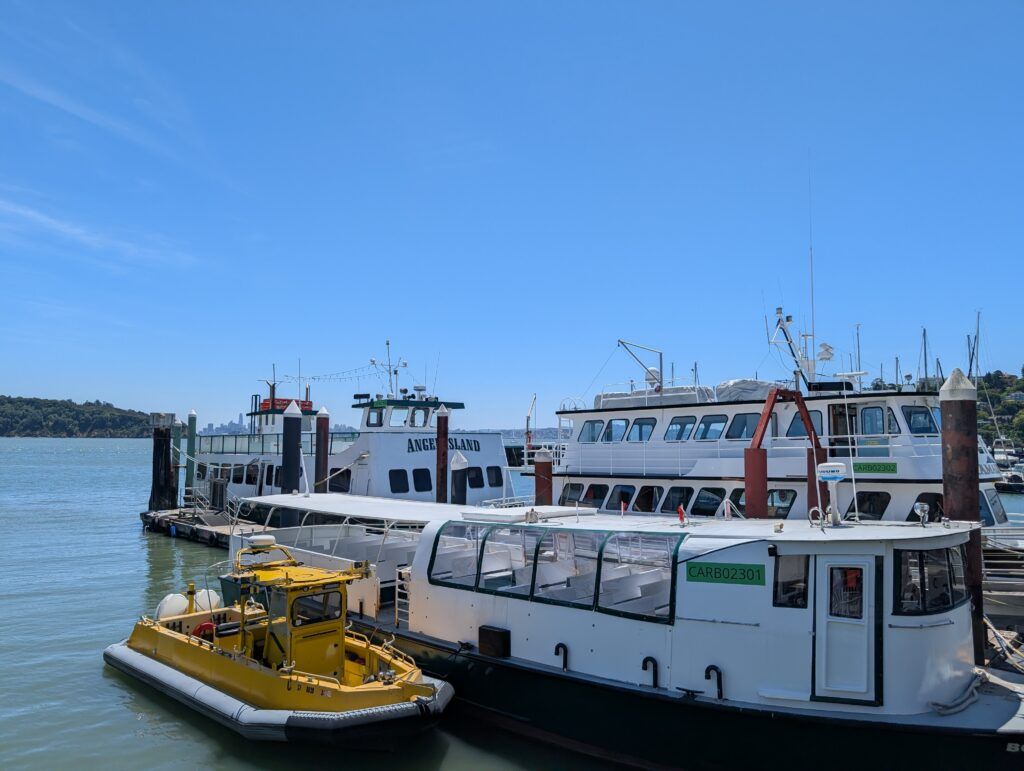
Pack a picnic or grab food at the Angel Island Café near the dock. Ferry times change with the seasons, so double-check before you go.
Waterfront Promenade
Shoreline Park runs along the bay with a flat, paved path that’s ideal for easy walks. This 2.5-mile stretch gives you open views of the Golden Gate Bridge, Angel Island, and the city skyline.
There are benches all along the way if you want to sit and watch sailboats drift by. The light shifts throughout the day, so photographers will find plenty to love—especially at sunset when the city starts to glow.
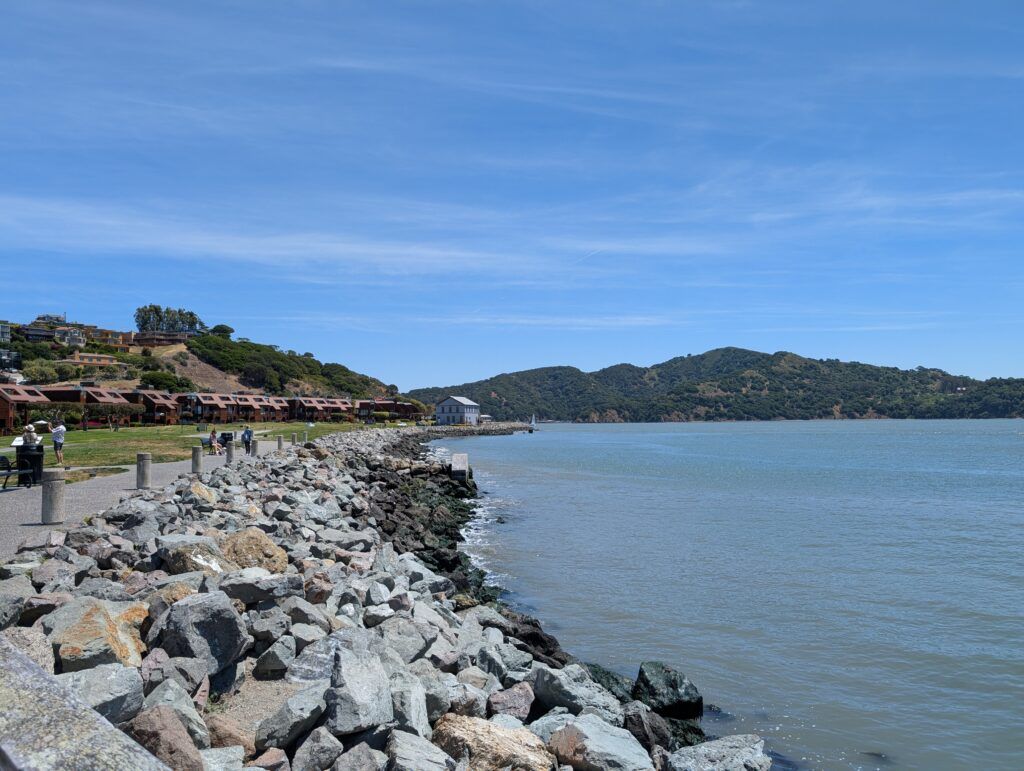
Elephant Rock Pier is a good stop for fishing or just watching wildlife. Harbor seals like to hang out on the rocks, and you’ll see pelicans diving for fish.
The path connects to waterfront restaurants, so you can grab a bite with a view. Locals and visitors both love this walkway—it’s peaceful, even when Tiburon gets busy.
Historic Main Street
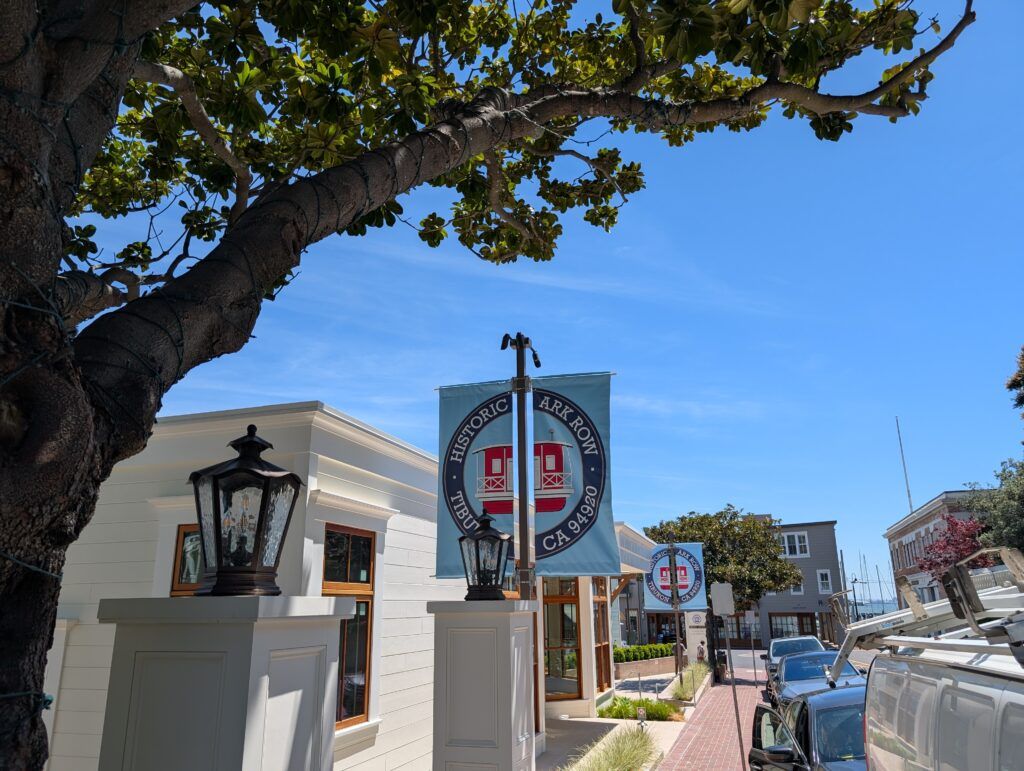
Main Street (also called Ark Row) is lined with shops and restaurants tucked inside converted houseboats and old buildings. These “arks” used to be floating homes back in the early 1900s before they settled on land.
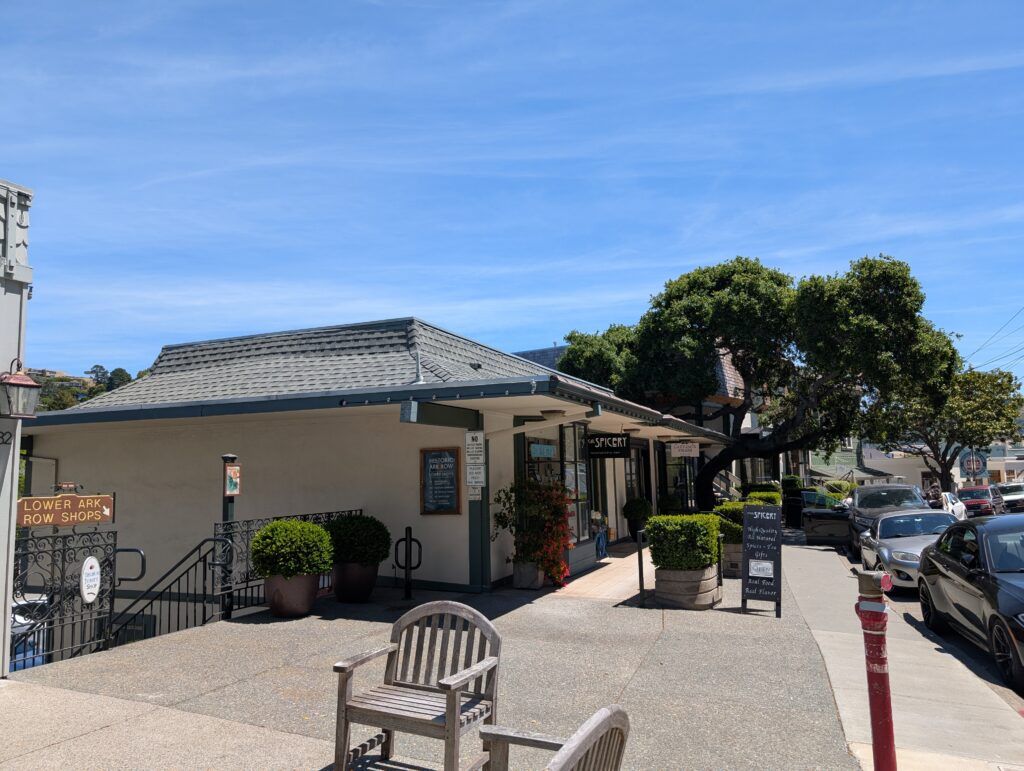
You’ll find boutiques selling local art and upscale clothes. Boardwalk Shopping Center has specialty shops, and if you’re around on a Friday morning from April to October, the Ark Row Garage Sale is worth a browse.
Food options range from casual to fancy. Sam’s Anchor Cafe, a local legend since 1920, has outdoor deck seating right over the water. For dessert, grab some locally-made ice cream from one of the little shops.
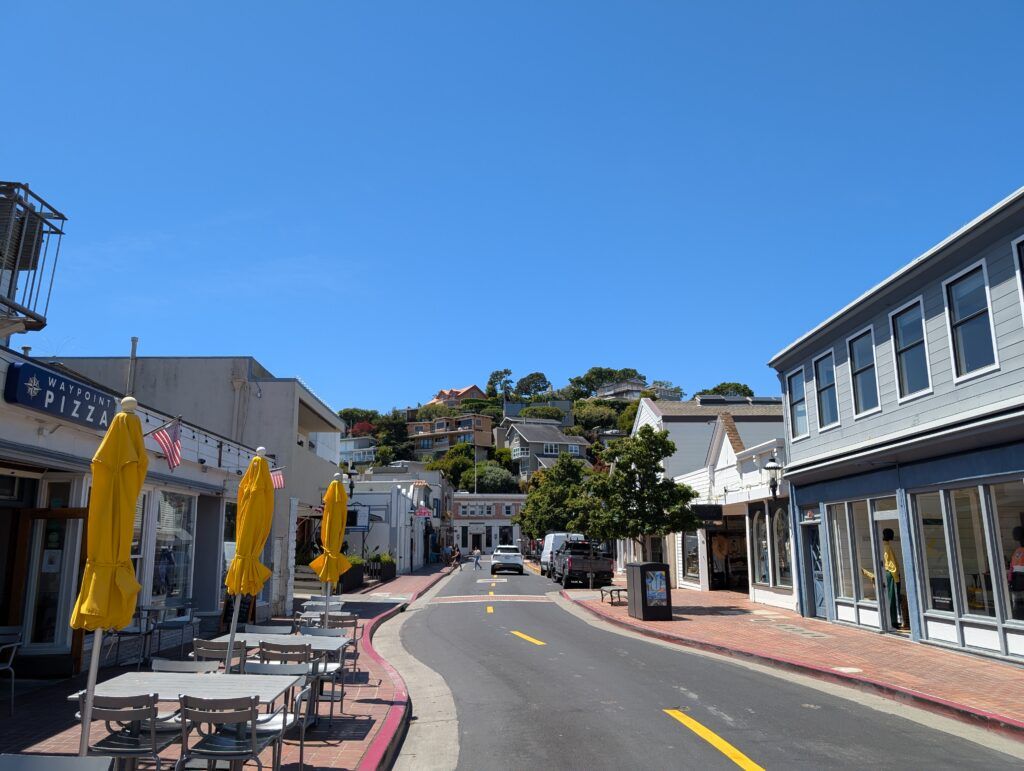
Main Street hosts seasonal events like the Tiburon Wine Festival in May and festive holiday celebrations. The area’s compact—you can see it all in a couple of hours, so it’s perfect for a relaxed morning or afternoon.
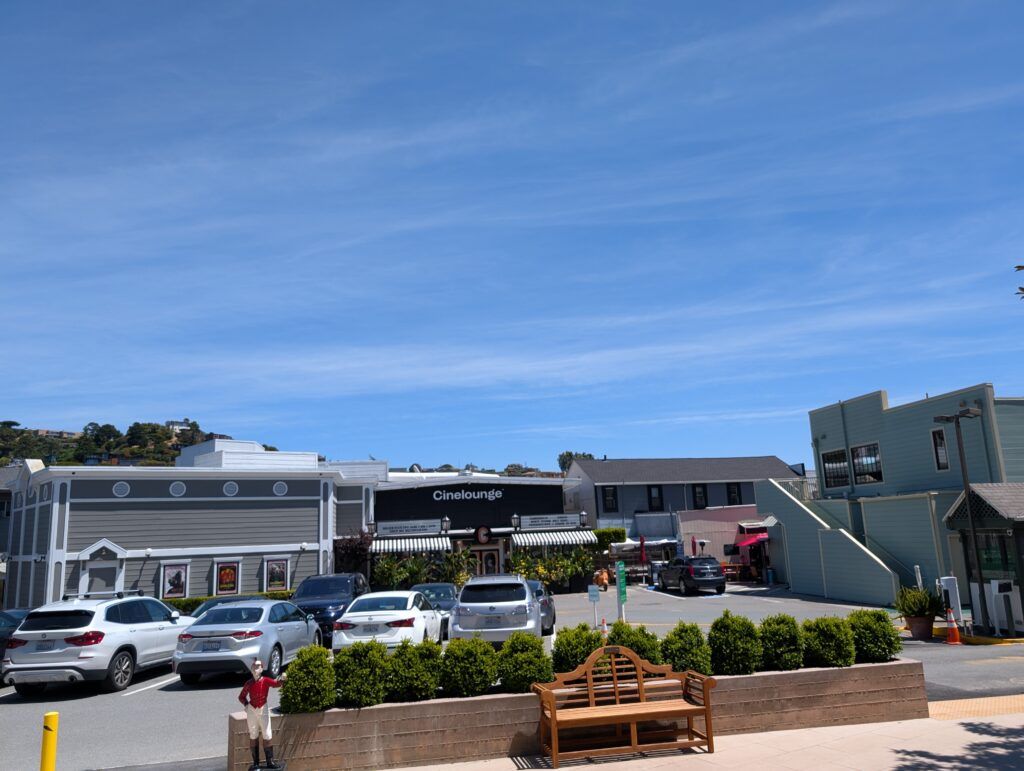
Angel Island State Park Adventures
Angel Island State Park is a quick escape from Tiburon, with knockout Bay views and a hefty dose of California history. The island’s military past makes it feel like a nature park and an open-air museum rolled into one.
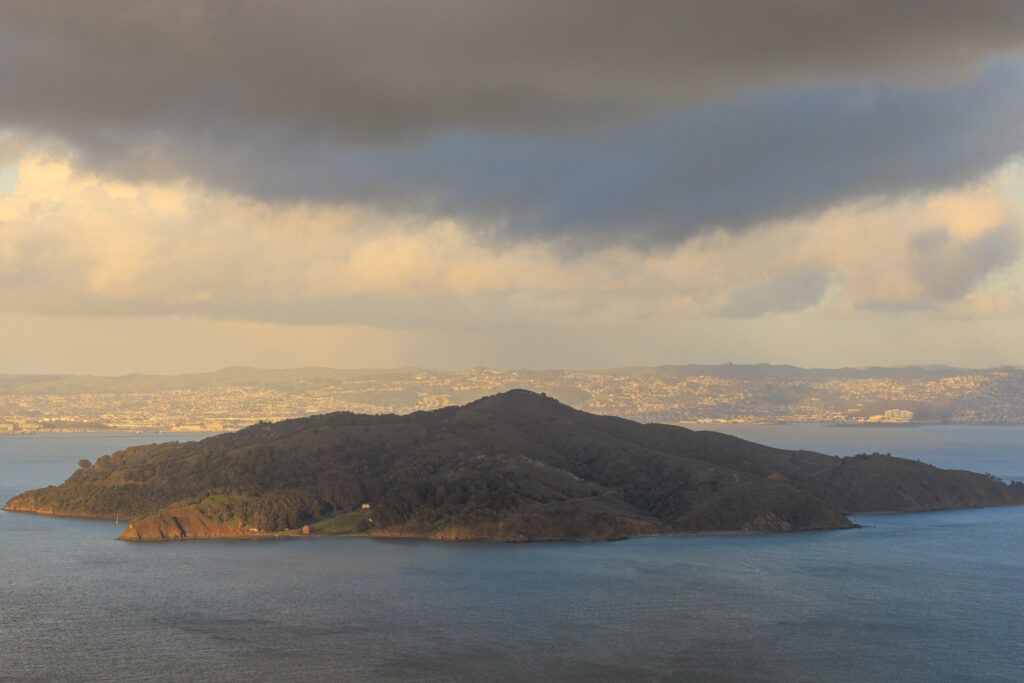
Guided Tours and History
The Immigration Station on Angel Island tells a powerful American story. From 1910 to 1940, thousands of immigrants—mostly from Asia—passed through here. People sometimes call it the “Ellis Island of the West.” The museum lets you see carved poems left by those waiting for entry.
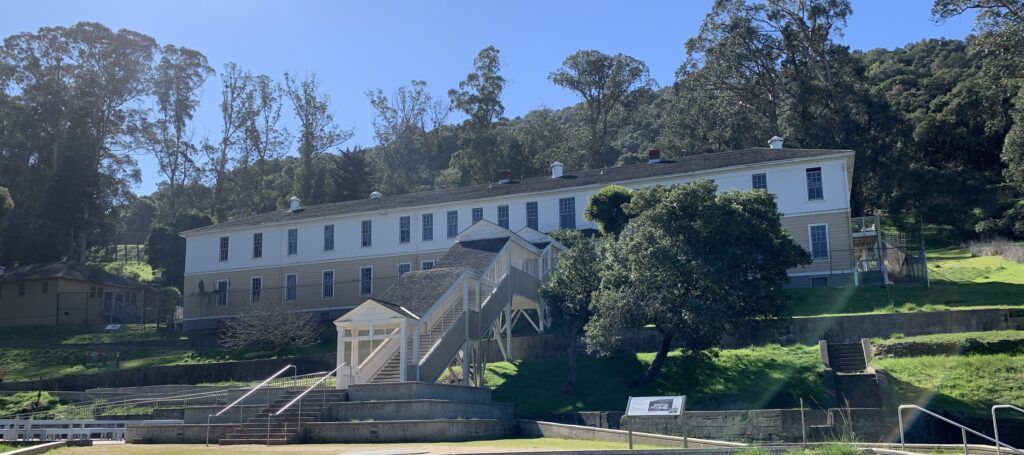
Guided tours leave regularly from the ferry landing. They last about 1–2 hours and dig into the island’s history. If you’d rather explore solo, grab a self-guided map at the visitor center. There’s also an audio tour app with historic photos and stories to bring the place to life.
Civil War Sites
Camp Reynolds, set up in 1863, is one of Angel Island’s oldest military posts. Locals called it the West Garrison, and it helped guard San Francisco Bay during the Civil War.
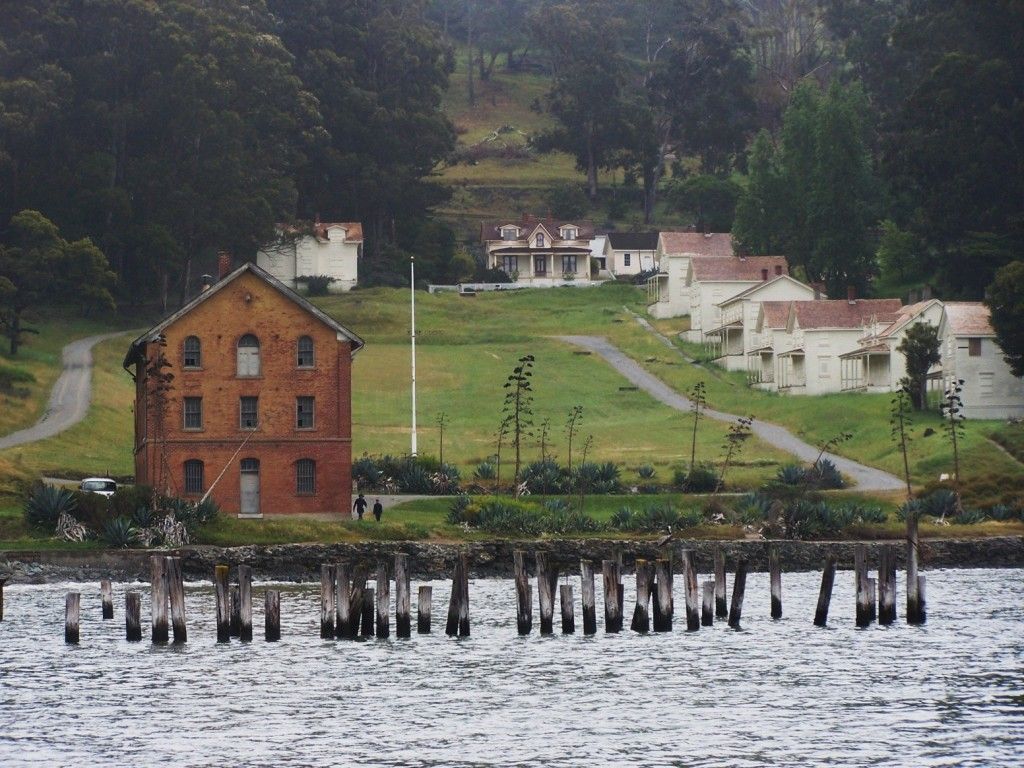
You can poke around several restored buildings, like:
Find the perfect hotel or vacation rental. Instant booking, no fees!
View Top Stays
- The officers’ quarters
- The bakery
- The post hospital
- Infantry barracks
A lot of the original structures are still standing, so you get a real sense of 19th-century military life. The parade ground has a killer view of the Golden Gate Bridge and Marin Headlands.
Sometimes rangers do living history demos here, especially in summer—think period costumes and old-school military drills.
World War II Landmarks
During World War II, Angel Island was a processing center for prisoners of war and a staging spot for soldiers heading to the Pacific. Fort McDowell (East Garrison) moved over 300,000 military personnel through its gates back then.
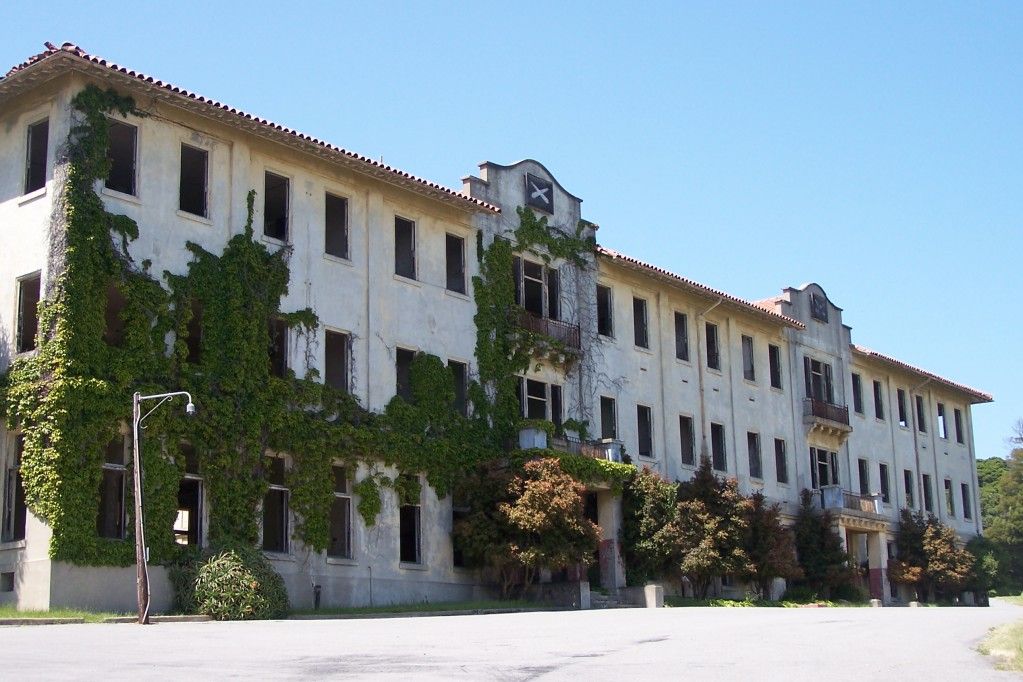
Key World War II sites include:
- Nike missile site remains
- Military processing centers
- Defensive gun batteries
- Barracks and mess halls
The island’s spot in the bay made it a big deal for area defense. You’ll still spot concrete bunkers and artillery positions built for protection.
Info panels around East Garrison explain the wartime history. If you’re into this stuff, bring binoculars—sometimes you can spot other military sites across the bay that worked with Angel Island’s defenses.
Outdoor Activities and Recreation
Tiburon’s outdoor scene really shines, with epic views of the San Francisco Bay. The peninsula’s natural setting is perfect for hiking, biking, and water sports any time of year.
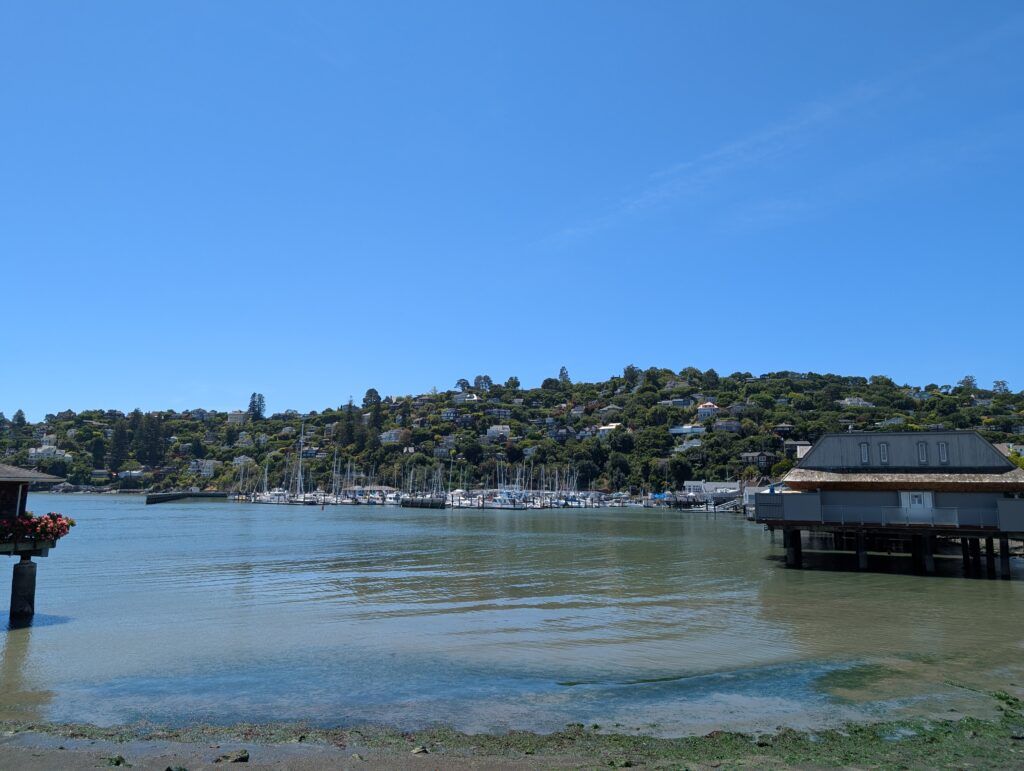
Hiking and Nature Trails
Paradise Beach Park is a local go-to for easy trails and bay views. There are picnic areas and shoreline access—great for families.
The Perimeter Trail loops around the Tiburon Peninsula, offering panoramic looks at San Francisco, Angel Island, and the Golden Gate Bridge. It’s a moderate 3-mile trail connecting several neighborhoods.
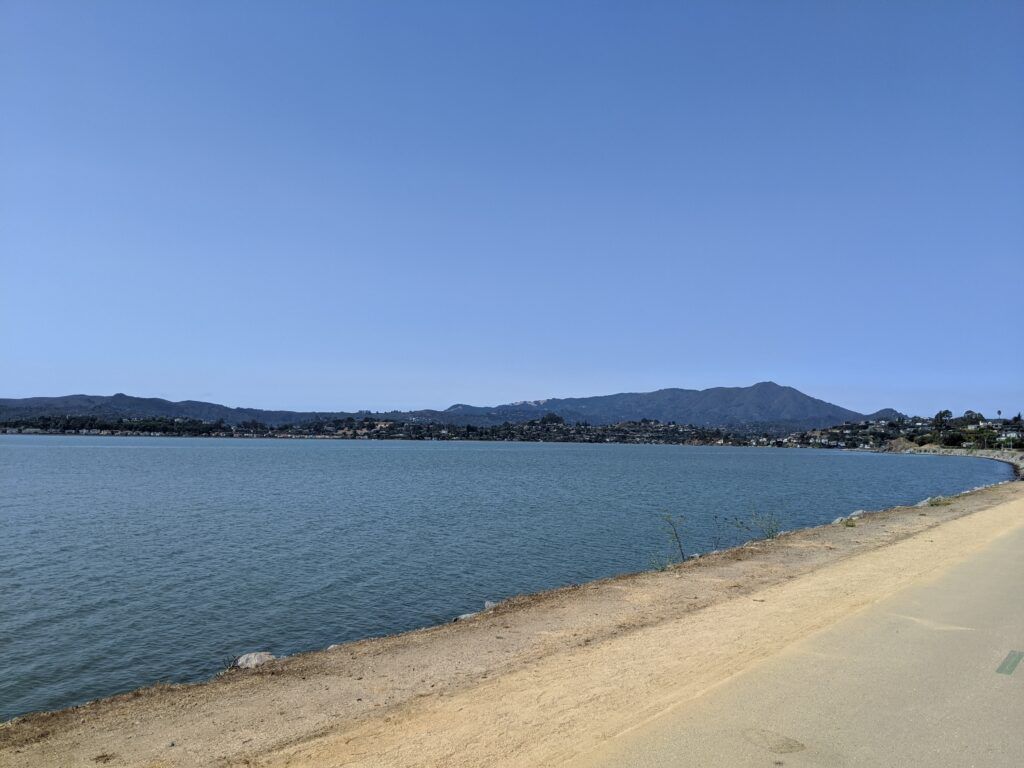
Blackies Pasture has an accessible, flat path with a bit of local history. It’s easy enough for all ages and fitness levels.
If you want a challenge, Angel Island State Park (just a ferry ride away) has more demanding hikes. The 5.5-mile Perimeter Road circles the island with jaw-dropping bay views. For a real climb, try the Mount Livermore Trail up to the 781-foot summit.
Biking and Scenic Routes
The Old Rail Trail follows the old Northwestern Pacific Railroad route. It’s flat, paved, and super family-friendly.
If hills aren’t your thing, Pedego Electric Bikes Tiburon rents e-bikes to make the steeper routes doable for anyone.
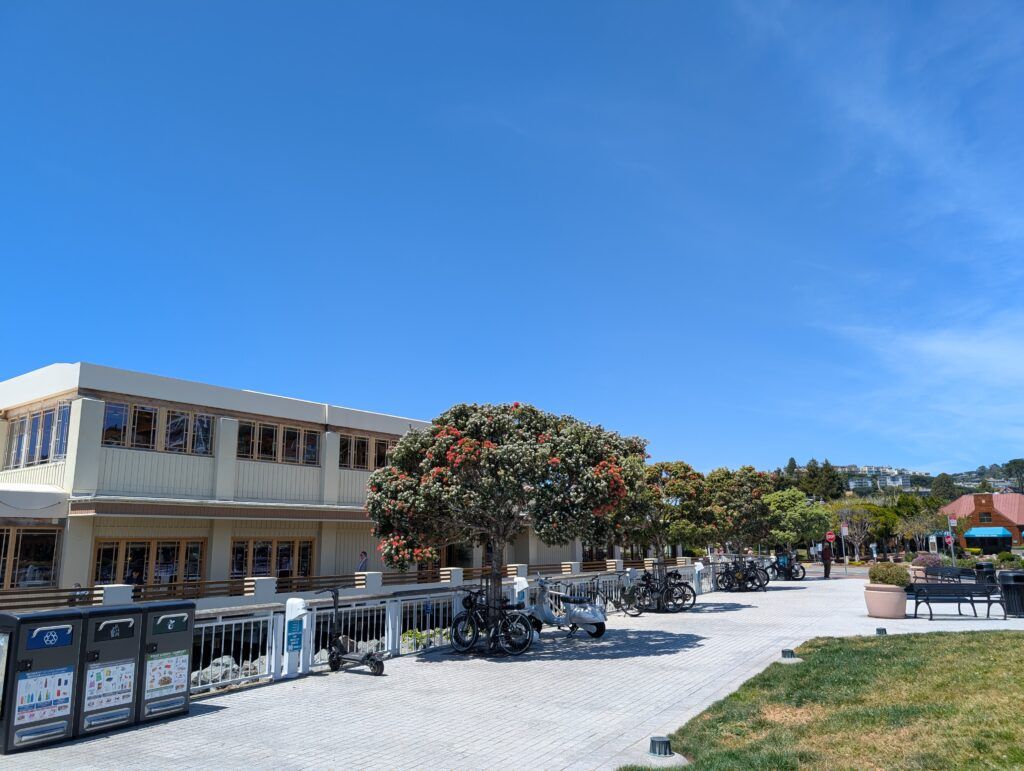
Paradise Drive is a favorite for road cyclists who want a challenge—minimal traffic and those water views make the 15-mile loop around the peninsula a classic.
The Angel Island Perimeter Road is car-free and great for mountain biking. Bring a bike on the ferry or rent one on the island and spend the day exploring.
Water Activities
Kayaking and paddleboarding are fantastic ways to see Tiburon’s shoreline up close. You’ll find a handful of rental shops downtown that offer gear and some quick tips to get you started, even if you’re new to the water.
Shoreline Park has a protected beach that’s great for swimming when the weather’s warm. The gentle water feels safe for families, especially those with little kids in tow.
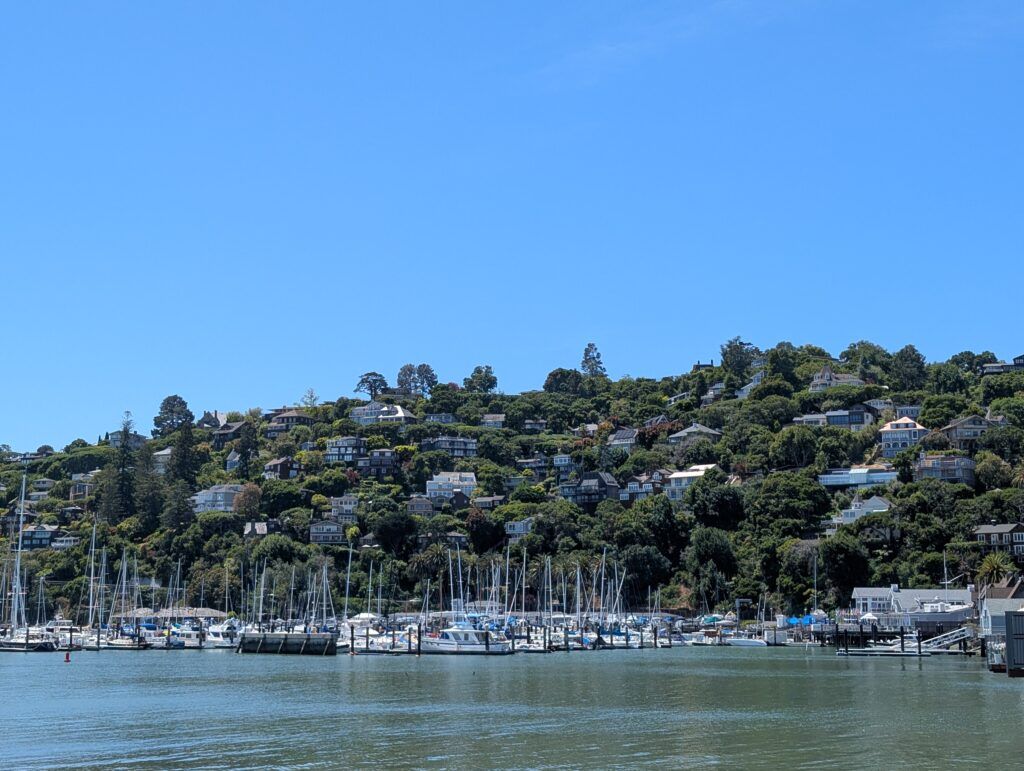
Sailing charters head out from Tiburon’s harbor all the time, from short bay tours to all-day trips around Angel Island and Alcatraz. It’s a fun way to get out on the water, whether you want a quick spin or a longer adventure.
Fishing’s pretty popular along Tiburon’s piers and shoreline. Depending on the season, you might reel in striped bass, halibut, or even the occasional sturgeon.
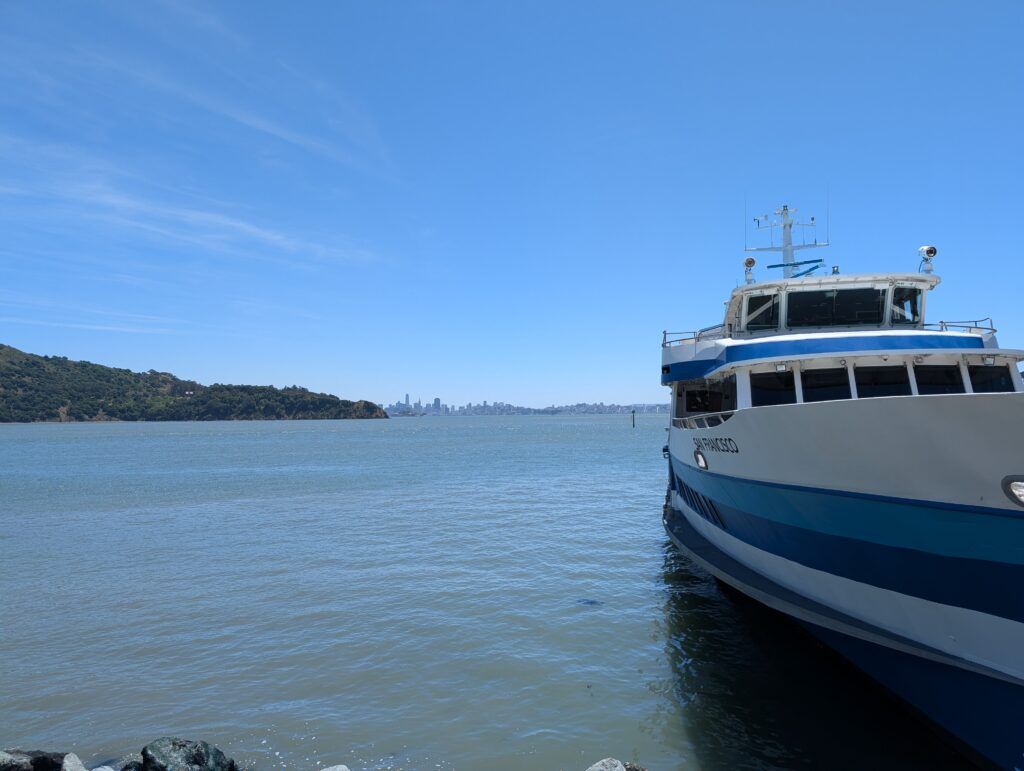
Dining and Local Cuisine
Tiburon’s dining scene is impressive, especially with those sweeping Bay views. Whether you’re craving seafood or Italian, most spots here lean into fresh, local flavors—definitely a highlight for food lovers.
Sam’s Anchor Cafe Experience
Sam’s Anchor Cafe really is Tiburon’s classic hangout. It’s been around since 1920, drawing both locals and visitors for seafood and that famous outdoor deck right on the water.
The deck’s got unreal views of San Francisco and Angel Island. If the sun’s out, it’s best to show up early—those tables go fast, especially on weekends.
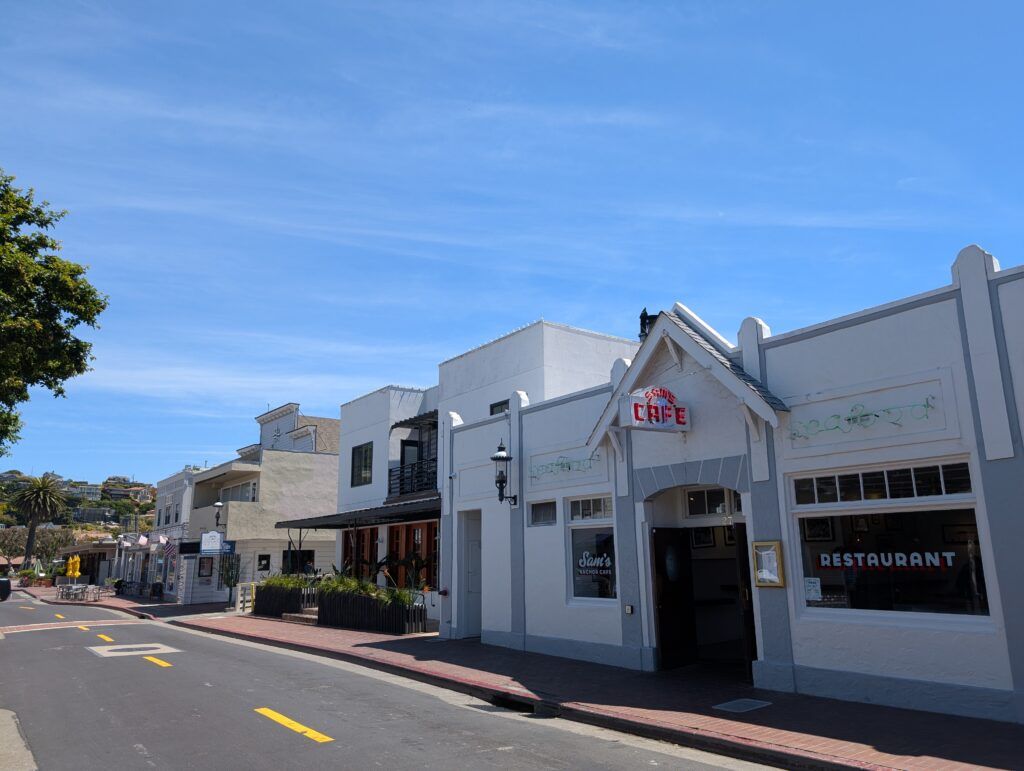
The menu doesn’t stray far from the classics: clam chowder, fish and chips, and Dungeness crab when it’s in season. Their Bloody Mary? Locals swear by it, especially for brunch.
If you want to skip the crowds, try popping in for a weekday lunch. For dinner, making a reservation is smart, especially in summer when the wait can drag past an hour.
Other Waterfront Restaurants
Luna Blu serves up authentic Italian seafood with a killer view. People rave about their homemade pasta and fish dishes. Booking ahead is usually a good idea.
The Bungalow Kitchen by Michael Mina brings upscale vibes without feeling stuffy. The menu changes with the seasons and spotlights local ingredients. Their cocktails? They’re seriously creative and worth a try.
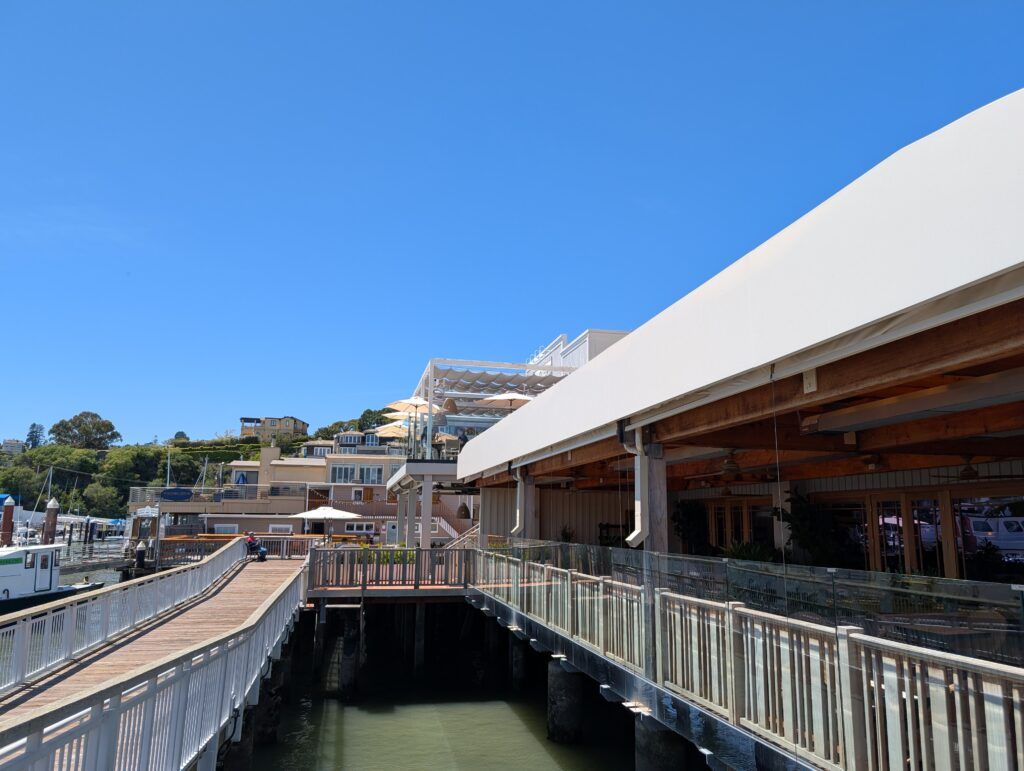
Servino Ristorante offers classic Italian fare right on the water. Their pizza and risotto are always solid choices, and the wine list leans heavily Italian.
The Caprice is a bit more formal, with sweeping water views. Here you’ll find seafood and steaks, plus a touch of French flair on the menu.
Cafés and Continental Breakfast Spots
Salt & Pepper is the go-to for breakfast and brunch. Think classic American breakfast, but with a California twist—avocado toast or seasonal fruit pancakes are always tempting.
Café Acri keeps it simple with European-style breakfast, top-notch espresso, and fresh pastries. Sitting outside, you get a nice view of Ark Row in the morning.
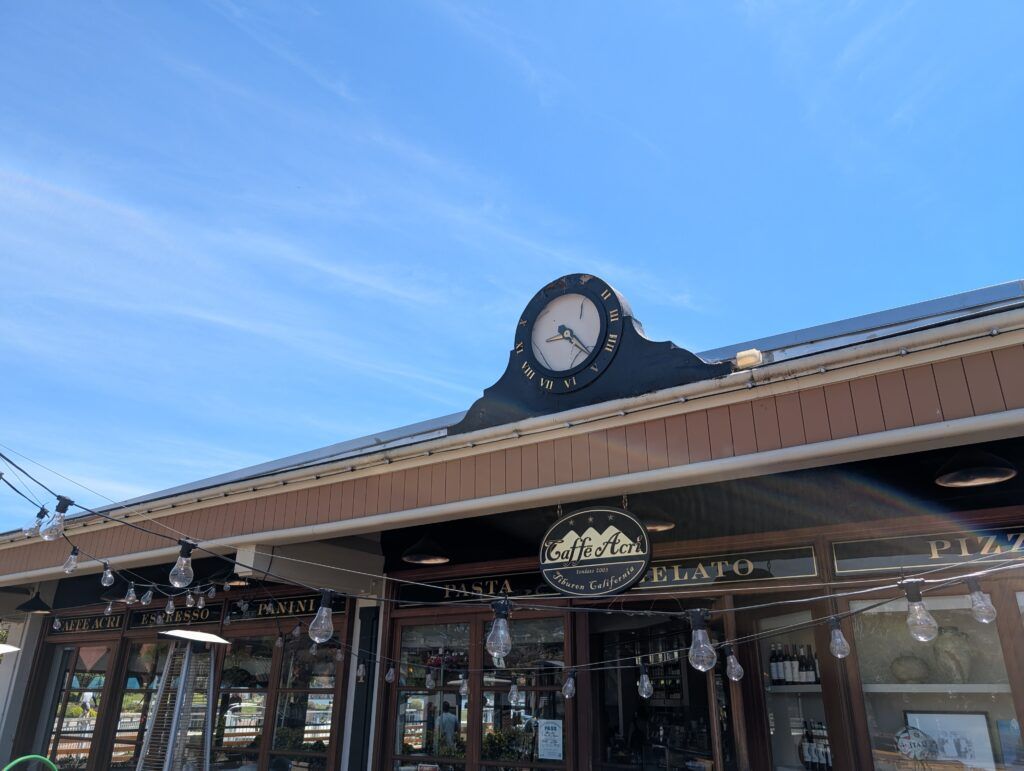
Waypoint Pizza is a reliable stop for a quick, casual bite. Besides pizza, their breakfast sandwiches are perfect if you’re eager to get out and explore.
Luxury stays to cozy cottages await, all with instant booking. Find the best deals!
Browse Marin Stays
Want something lighter (or maybe just a bit indulgent)? The Caviar Co. does champagne and caviar tastings in the morning—definitely not your average breakfast, but hey, why not?
Where to Stay in Tiburon
Tiburon has a handful of places to stay, from luxury hotels by the water to more wallet-friendly options. The peninsula’s small size means most spots come with Bay views and it’s easy to get into San Francisco.
Waters Edge Hotel Overview
The Waters Edge Hotel sits right on the waterfront, steps from the ferry. Rooms come with fireplaces and a cozy, modern feel—it’s got that coastal vibe without trying too hard.

They bring a continental breakfast right to your room each morning, so you can sip coffee and munch on pastries while staring out at the Bay. It’s a small touch, but honestly, it makes mornings feel special.
Main Street’s shops and restaurants are just outside your door. After a day out, you can relax on the hotel deck, watching the sunset over San Francisco. It’s the kind of view that sticks with you.
Read our articles on Marin County Hotels and Marin County Bed and Breakfasts.
Boutique and Luxury Options
The Inn Above Tide is Tiburon’s splurge-worthy pick. Rooms have floor-to-ceiling windows and private balconies, so you can watch ferries and sailboats drift by without leaving your bed.
Casa Madrona Hotel & Spa, just over in Sausalito, is another favorite. The place is historic, with hillside views and a full-service spa for unwinding after a long day.
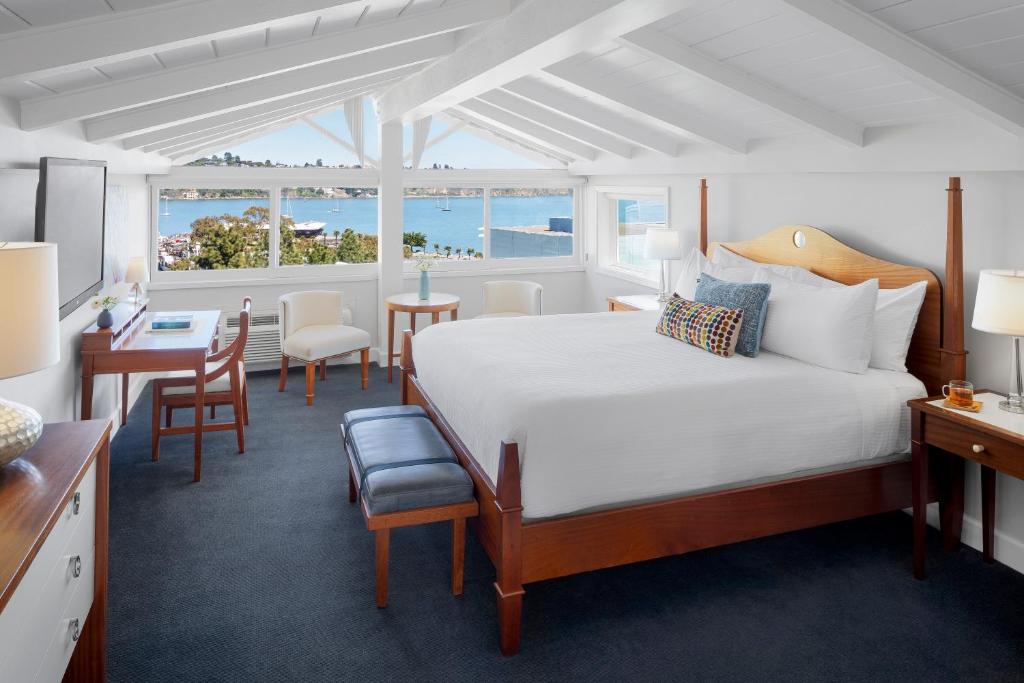
The Lodge at Tiburon feels more like a resort, spread across three acres. It’s got rustic charm, mountain views, a heated pool, and a peaceful courtyard—perfect if you want a little downtime after sightseeing.
See our article on Marin County Boutique Hotels.
Budget-Friendly Accommodations
Tiburon definitely leans upscale, but the Inn at Tiburon offers a more affordable stay that still feels comfortable. Rooms are simple but clean, with essentials like free WiFi and parking.
If you’re planning a longer visit, vacation rentals or self-catering spots can help stretch your budget. These usually come with kitchens and extra space, making it easier to save on meals.

For even more savings, you might look at Mill Valley or San Rafael. They’re a quick drive from Tiburon and often have lower hotel rates. That extra cash could go toward a ferry ride or splurging at a waterfront restaurant.
Click here for our guide to accommodations in Tiburon.
Day Trips and Nearby Destinations
Tiburon’s location makes it a great jumping-off point for exploring the Bay Area. Most major attractions are just a short drive or ferry ride away, so you won’t run out of things to do.
San Francisco Excursions
San Francisco sits right across the bay, and you can hop on the ferry from Tiburon to the Ferry Building in about half an hour.
Once you’re there, Fisherman’s Wharf is perfect for seafood and watching sea lions at Pier 39. Golden Gate Park is massive—don’t miss the California Academy of Sciences if you’re into aquariums or planetariums.
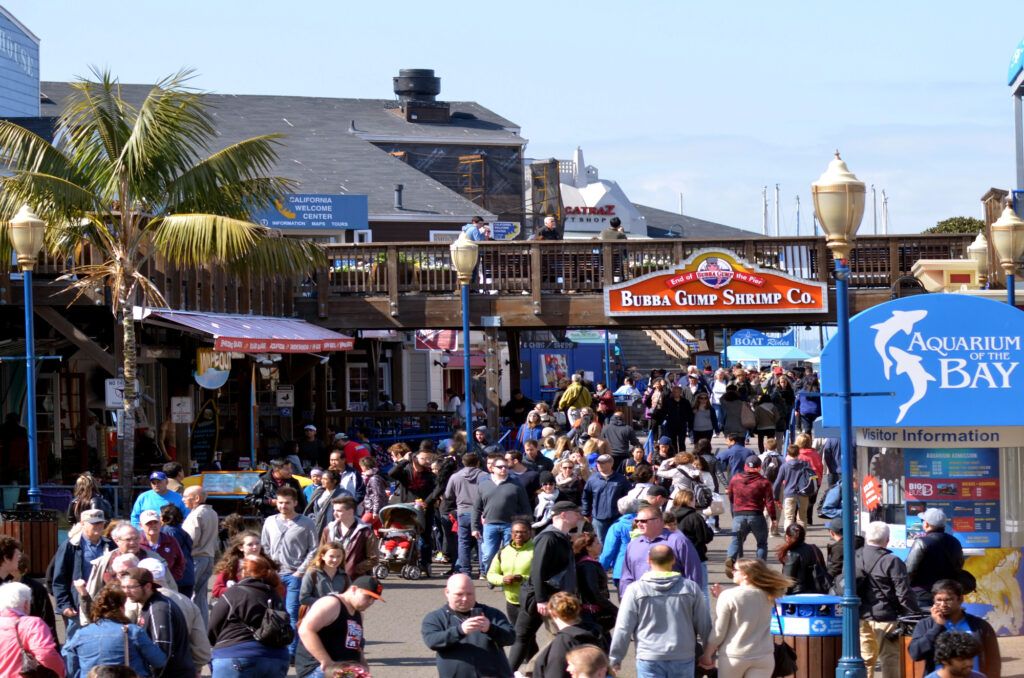
Lombard Street’s famous for its wild curves, and Union Square is the spot for shopping. Chinatown offers a real change of pace, with bustling markets and authentic eats.
Getting around is a breeze with public transit, and those historic cable cars? They’re fun, even if they’re a bit touristy.
Alcatraz and Bay Cruises
Alcatraz Island, once a federal prison, sits just over a mile off San Francisco. Tours book up fast, so it’s smart to reserve early. The audio tour, told by former guards and inmates, is surprisingly gripping.
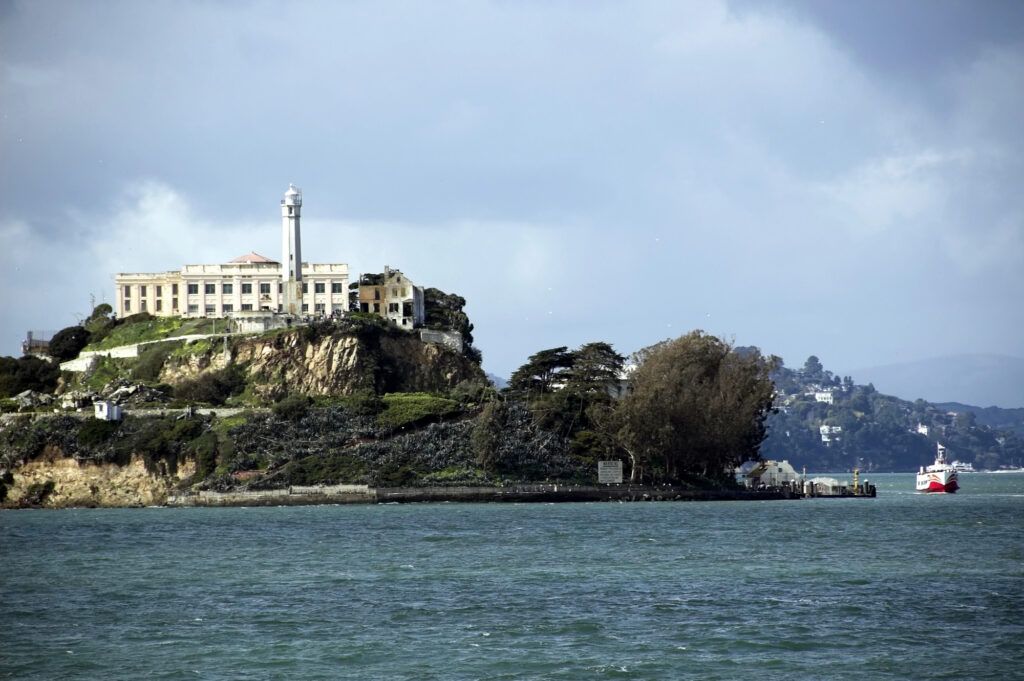
Plenty of cruises leave from Tiburon or nearby:
- Alcatraz cruises: Include the prison tour, which takes about 2.5 hours
- Sunset cruises: Show off the Golden Gate Bridge in the best light
- Bay tours: Circle Angel Island and pass right under the Golden Gate
If you’re into photography, mornings usually bring the clearest views of Alcatraz and the bridge. Don’t forget a jacket—it’s often windy and chilly on the water, even if the sun’s out.
Click here for our article on Alcatraz tours.
Exploring Marin County
Marin County wraps around Tiburon and is packed with scenic towns and outdoor spots. Sausalito, just 15 minutes away, feels almost Mediterranean, with waterfront restaurants like Le Garage and Fish.
Check out Heath Ceramics in Sausalito for cool, locally-made pottery. The houseboat community nearby is quirky and worth a stroll if you’re curious about the area’s artsy side.
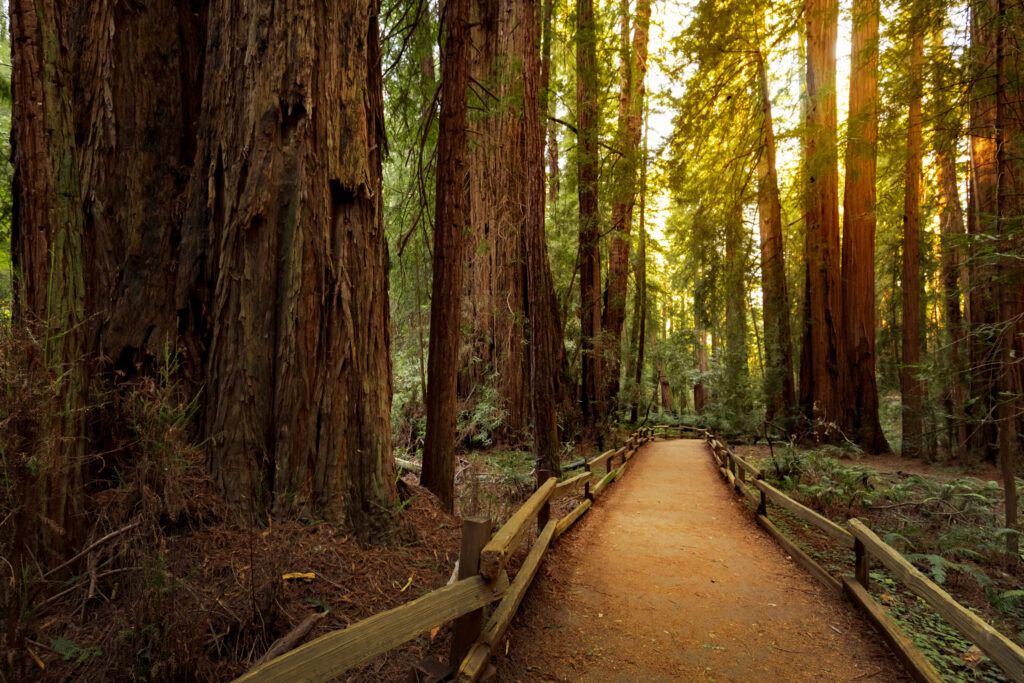
For something outdoorsy, Muir Woods National Monument lets you wander among towering redwoods. Trails range from easy to challenging. Parking fills up, so get there early or use the shuttle.
Point Reyes National Seashore, about an hour north, is fantastic for wildlife spotting, hiking, and checking out the old lighthouse. Depending on when you go, you might see elephant seals, tule elk, or even whales passing by.
Travel Tips for Visitors
Visiting Tiburon is pretty straightforward, but a few tips can make the trip smoother. The town’s small, walkable layout and unique spot on the peninsula shape how you’ll get around and what you’ll want to pack.
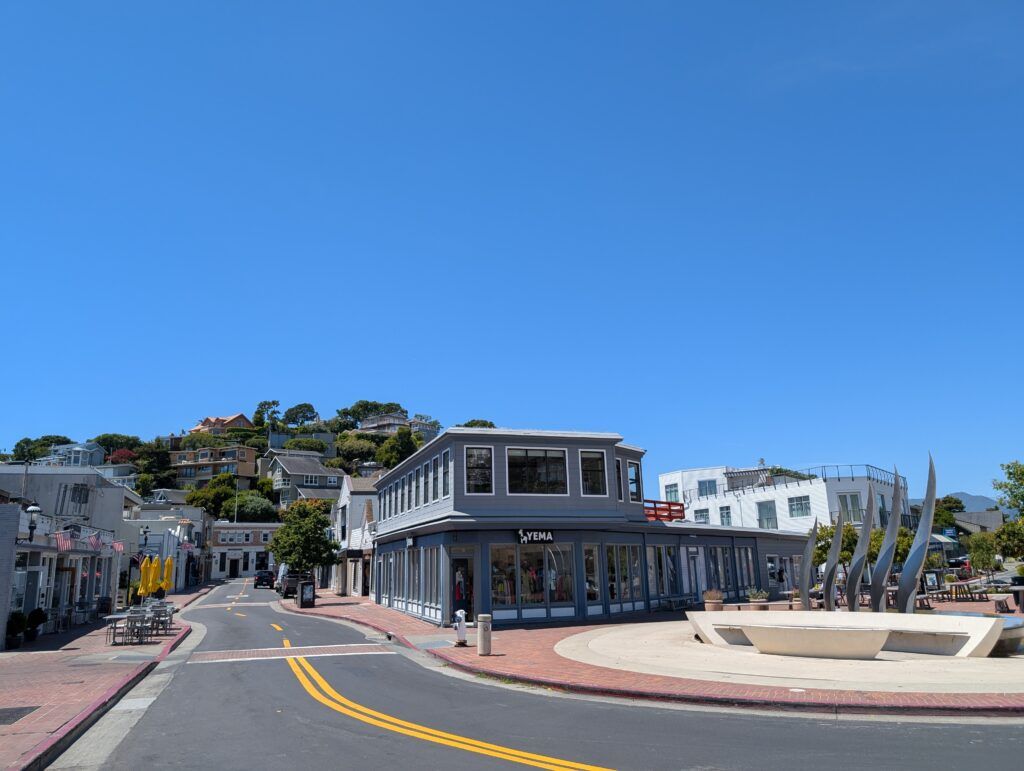
Transportation and Getting Around
The ferry from San Francisco is one of the easiest—and most scenic—ways to get to Tiburon. The ride takes about 30 minutes and drops you right in the heart of downtown. Schedules change by season, so double-check before you go.
If you’re driving, keep in mind that downtown parking gets tight, especially on weekends. The Tiburon Boulevard lot offers all-day parking, but you’ll want to show up early during busy times.
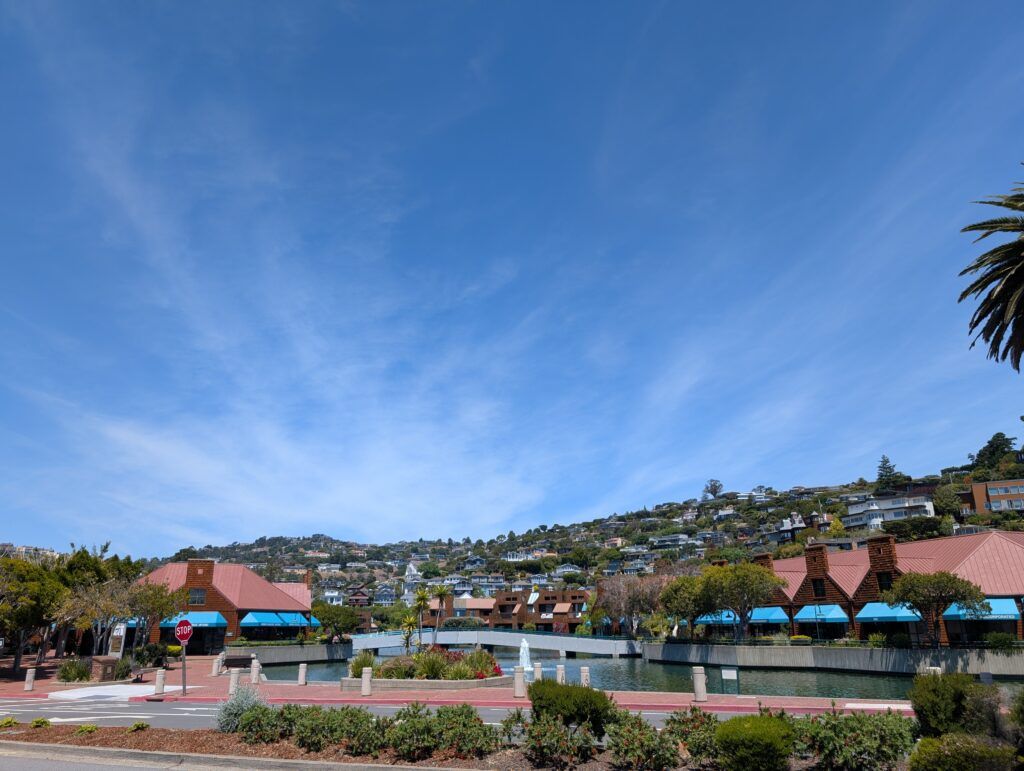
Once you’re in Tiburon, almost everything’s within walking distance—restaurants, shops, the waterfront, you name it.
To explore farther out, renting a bike is a good call. The paths are flat and scenic, perfect for reaching Paradise Beach Park or Blackie’s Pasture.
Packing and Essentials
You’ll definitely want comfortable walking shoes—Tiburon’s best explored on foot, and the waterfront strolls are worth it.
Layer up, no matter the season. Mornings and evenings can be chilly and foggy, but afternoons often warm up fast.

Sun protection is a must, even when it’s cool. Bring sunscreen, sunglasses, and a hat, especially if you’re planning to be out on the ferry or walking around the bay.
Don’t skip a light waterproof jacket. The bay’s weather can turn quickly, and fog or drizzle isn’t uncommon, even in summer.
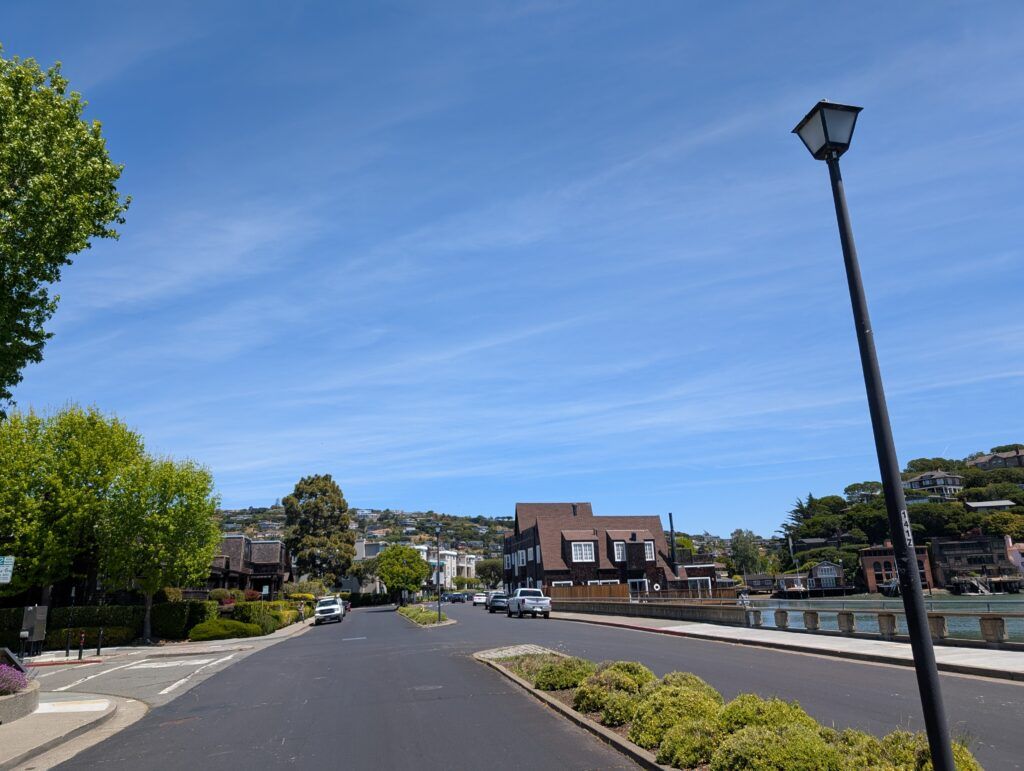
And of course, bring your camera—those views of San Francisco, Angel Island, and the bay are too good to miss.
Visitor Resources
The Tiburon Peninsula Chamber of Commerce is a handy spot for visitors. You’ll find their office on Main Street—they’ve got maps, event calendars, and they’ll actually chat with you about what to see or do.
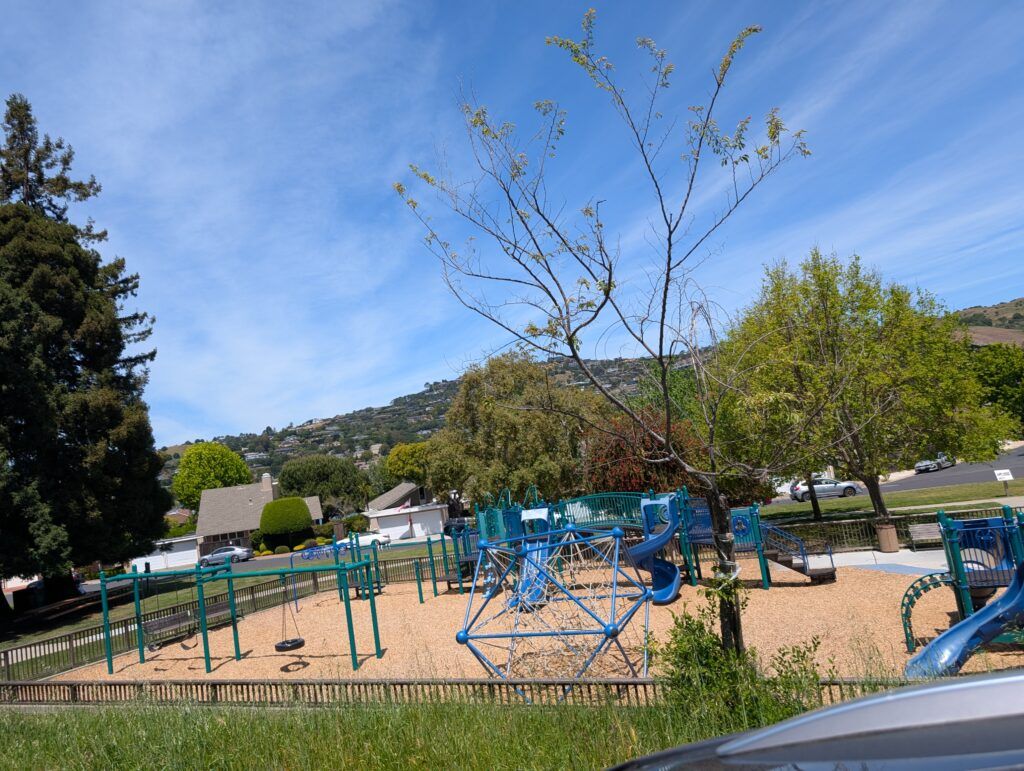
You’ll find free public restrooms at Shoreline Park near the ferry and at Blackie’s Pasture if you’re wandering the walking paths.
Most cafés and restaurants in Tiburon have Wi-Fi, so you can check things on the fly while you’re out and about.
It’s probably smart to download a local map to your phone ahead of time—cell service isn’t always perfect everywhere on the peninsula.
Find available hotels and vacation homes instantly. No fees, best rates guaranteed!
Check Availability Now


